Subsidy Received From The Government In The Form Of Refund Of VAT And CST, To Encourage Industrial Growth, Is A Capital Receipt: Pune ITAT
[13 June 2022] The Pune Bench of ITAT has ruled that a subsidy granted by the State of Maharashtra, with the objective of encouraging industrial growth in less developed areas of the State, is a capital receipt even though the said subsidy is disbursed in the form of refund of Value Added Tax (VAT) and Central Sales Tax (CST). The Bench, consisting of S. S. Viswanethra Ravi (Judicial Member) and Inturi Rama Rao (Accountant Member), reiterated that for considering whether a subsidy is a capital receipt or a revenue receipt, the purpose for which the subsidy has been granted has to be considered and not the manner of its disbursal. Section 28 (iv) of the Income Tax Act, 1961 provides that the value of any benefit or perquisite, whether convertible into money or not, arising from the business or exercise of a profession by the assesee, shall be chargeable to income tax under the head “Profits and gains of business or profession”. The ITAT observed that the subsidy was granted under the Package Scheme of Incentives, 2007 with the objective of encouraging industrial growth in less developed areas of the State.
The ITAT added that the quantification of subsidy under the said Scheme was linked with the amount of investment made in setting up the industrial units under the Scheme. The ITAT noted that the subsidy under the Scheme was disbursed in the form of refund of Value Added Tax (VAT) and Central Sales Tax (CST) paid by the industrial units.
The ITAT held that for considering whether a subsidy is a capital receipt or a revenue receipt, the purpose for which the subsidy has been granted has to be considered and not the manner of its disbursal.
The ITAT observed that the Supreme Court in the case of Sahney Steel & Press Works Ltd. versus CIT (1997) had laid down the ‘purpose test’ for ascertaining the nature of the subsidy.
The ITAT noted that the Supreme Court in the case CIT versus Ponni Sugars & Chemicals Ltd. (2008) had reiterated the ‘purpose test’ and had ruled that it is the purpose of the subsidy, and not its source or mode of payment, which is relevant for determining the nature of the subsidy.
The ITAT held that the subsidy was disbursed under the Package Scheme of Incentives, 2007 with the purpose of industrial growth, and that the amount of subsidy was linked with the amount of investment made in the industrial units. The ITAT held that merely because the subsidy was disbursed in the form of refund of VAT and CST, it would not alter the purpose of granting the said subsidy. Thus, the ITAT ruled that the subsidy received by the assessee was a capital receipt, which was not chargeable to tax under the Income Tax Act.


